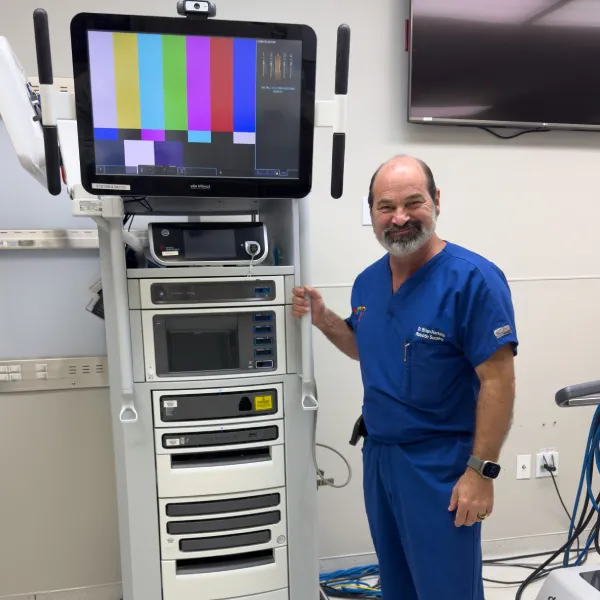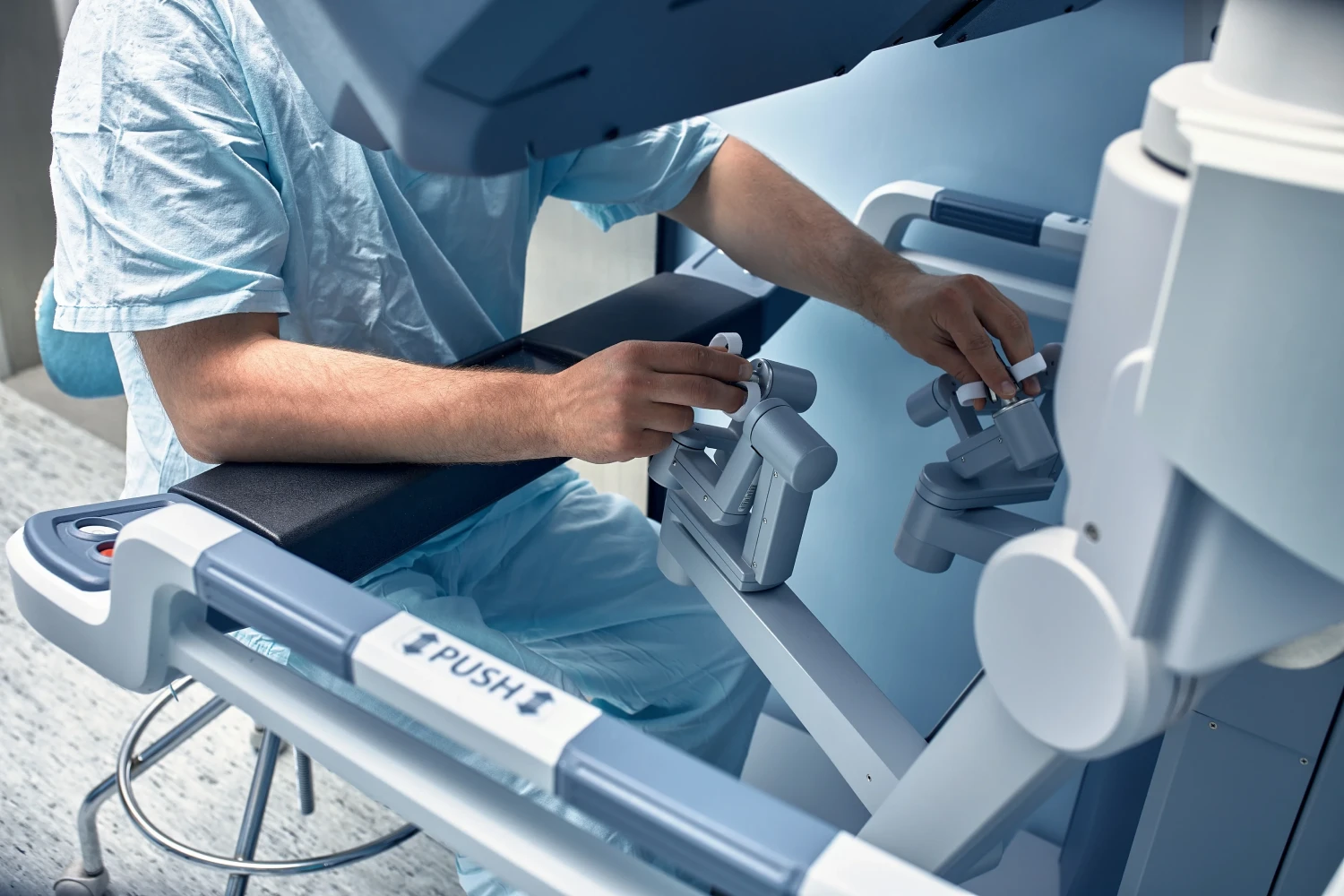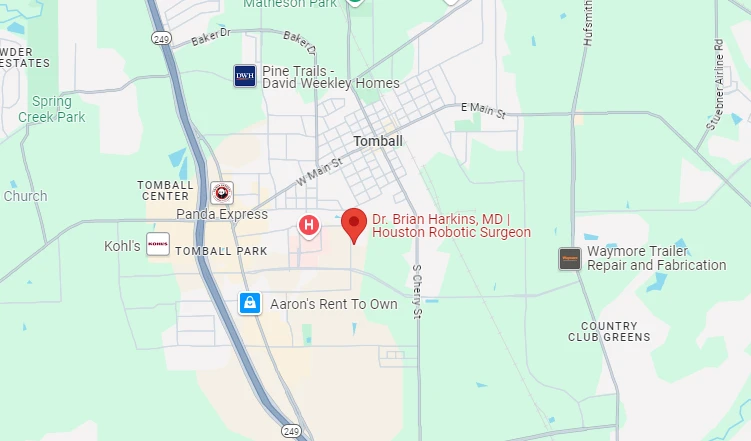
Robotic surgery in 2025 refers to next-generation surgical platforms combining modular design, AI guidance, and enhanced haptic feedback to improve precision, safety, and access across specialties.
Robotic surgery in 2025 has entered a new era of innovation. Modern systems emphasize flexibility, modularity, and affordability—expanding robotic access beyond major centers into community hospitals. From multi-arm modular platforms and open-console ergonomics to AI-driven guidance and force-sensing haptics, the goal is clear: improve surgical precision, shorten operative time, and make minimally invasive care more widely available.
The latest multi-arm robotic platforms let surgeons control multiple instruments independently, allowing retraction, dissection, and suturing at once. This reduces instrument exchanges and enhances team coordination.
Key Benefits:
| Feature | Advantage | Clinical Impact |
| Modular arms | Configurable setup | Shorter operative time |
| Collision control | Smart coordination | Fewer technical errors |
| Hybrid design | Multi-quadrant access | Broader surgical use |
Integrated software now manages force feedback, safety zones, and arm sequencing. Studies published in Surgical Endoscopy highlight reduced setup time and improved ergonomics compared with older monolithic systems (source).
Open consoles eliminate isolation by allowing shared team visibility. Adjustable displays and stereoscopic depth cues maintain 3D precision while reducing eye strain.
Key Findings:
| Feature | Benefit | Evidence |
| Adjustable display | Better visualization | Simulation trials |
| Ambient lighting | Less eye strain | User studies |
| Shared view | Team communication | OR observations |
Ergonomic refinements—adjustable arm supports, variable console height, and natural joint alignment—reduce musculoskeletal strain. This extends surgeon longevity and enhances fine-motor accuracy during long procedures.
The 2025 generation of compact robotic consoles targets smaller facilities with modular, upgradeable systems. These platforms feature standardized components and simplified setup, helping hospitals scale capabilities without full system replacement.
Hospitals increasingly use core reusable tools and disposable instruments tailored to high-volume procedures, minimizing inventory and sterilization costs.
| Instrument Type | Benefit | Use Case |
| Reusable articulating tools | Lower lifecycle cost | General surgery |
| Disposable micro-instruments | Sterility, fine precision | Pediatric & ENT |
New micro-instruments offer thinner shafts and fine articulation ideal for delicate, minimally invasive procedures. Disposable tips reduce reprocessing time and contamination risks.
At a Glance:
| Feature | Benefit |
| Disposable instruments | Guaranteed sterility |
| Micro designs | Enhanced precision |
| Modular tips | Flexible reconfiguration |
These developments improve workflow and lower the maintenance burden—especially beneficial for high-volume centers and pediatric units.
Artificial intelligence now assists surgeons before and during operations. AI platforms generate patient-specific 3D models, simulate surgical approaches, and provide real-time risk alerts during critical maneuvers.
AI Applications:
Clinical validation is ongoing, but early trials suggest AI improves decision-making and reduces intraoperative variability (NIH study).
Traditional robotic systems removed the tactile sense surgeons rely on. New force-sensing instruments restore that “feel,” translating real-time data into haptic cues that improve tissue handling and reduce accidental injury.
| Component | Function | Development Status |
| Instrument sensors | Detect pressure | Emerging |
| Haptic rendering | Recreates tactile feedback | Advancing |
| Latency control | Improves response time | Improving |
These improvements make robotic suturing and microsurgery safer and more natural.
Automation tools are now built into robotic platforms to handle repetitive tasks like instrument exchanges, camera adjustments, and data logging. Smart checklists and predictive prompts optimize intraoperative flow and reduce cognitive fatigue.
Early trials show:
The expansion of robotic modules now supports more disciplines than ever:
Regulatory flexibility and third-party accessory ecosystems foster innovation, ensuring robotic tools match each specialty’s needs.
Ongoing trials confirm that robotic platforms yield faster recovery and fewer complications—though capital costs remain high.
| Outcome | Benefit | Cost Impact |
| Faster recovery | Reduced pain | Potential savings |
| Lower complications | Improved function | Variable ROI |
| Broader access | Equity gains | Dependent on scale |
The balance between innovation and affordability will determine how widely robotics expands in the next decade.
The future of robotic surgery in 2025 focuses on smarter design, greater accessibility, and data-driven precision. From AI-enhanced imaging to force-sensing instruments, every innovation aims to make surgery safer, faster, and more human-centered.
Dr. Brian Harkins and his team are proud to lead this transformation, integrating next-generation tools that elevate both surgical outcomes and patient care.
They feature modular multi-arm designs, haptic feedback, and AI-assisted guidance for safer and faster surgery.
Yes, studies show similar surgical precision with reduced footprint and cost, making them ideal for community hospitals.
AI enhances anatomical mapping, predicts risks, and guides real-time movements to improve accuracy.
Yes, modular upgrades and simplified instrument portfolios are lowering costs and enabling scalable adoption.
They are designed for delicate or pediatric surgeries where sterility and precision are paramount.
Haptic feedback provides tactile cues that help surgeons sense pressure, improving accuracy and reducing tissue injury.
Preliminary trials show excellent safety profiles when surgeons are adequately trained and credentialed.
Dr. Brian Harkins is a leading expert in Da Vinci robotic systems, helping train teams and implement evidence-based practices for safer outcomes.
Automation will assist—not replace—surgeons. It will handle repetitive tasks like instrument exchanges and camera positioning, allowing surgeons to focus on complex decision-making and patient safety.
Patients can look forward to AI-driven precision mapping, improved miniaturized instruments for smaller incisions, and advanced near-infrared imaging that enhances tissue differentiation for safer outcomes.



Dr. Brian Harkins is a renowned surgeon specializing in advanced, minimally invasive, and robotic surgical techniques. With a dedication to innovation and personalized patient care, he has transformed countless lives by delivering exceptional outcomes.

I want a website like this, where do i start?